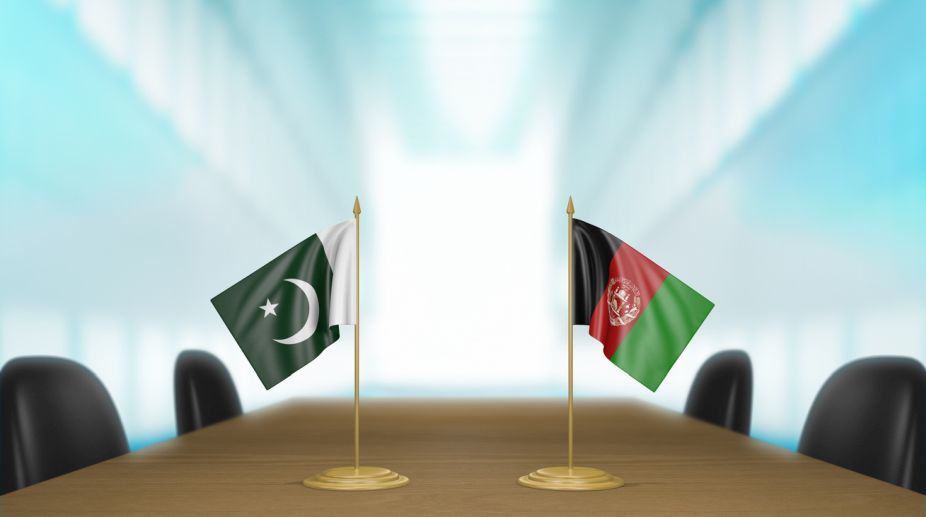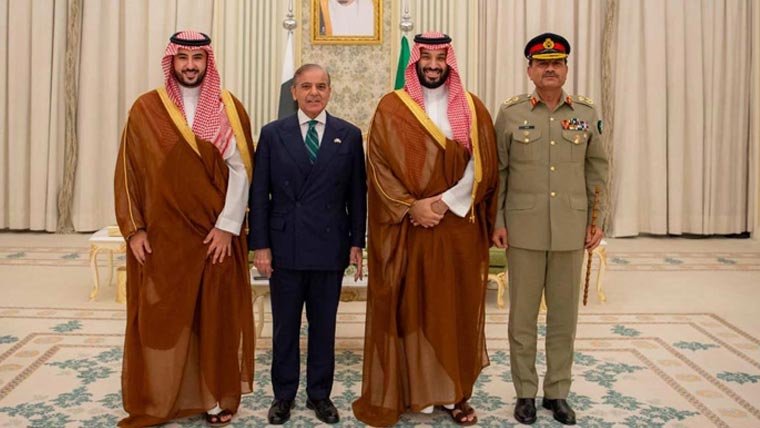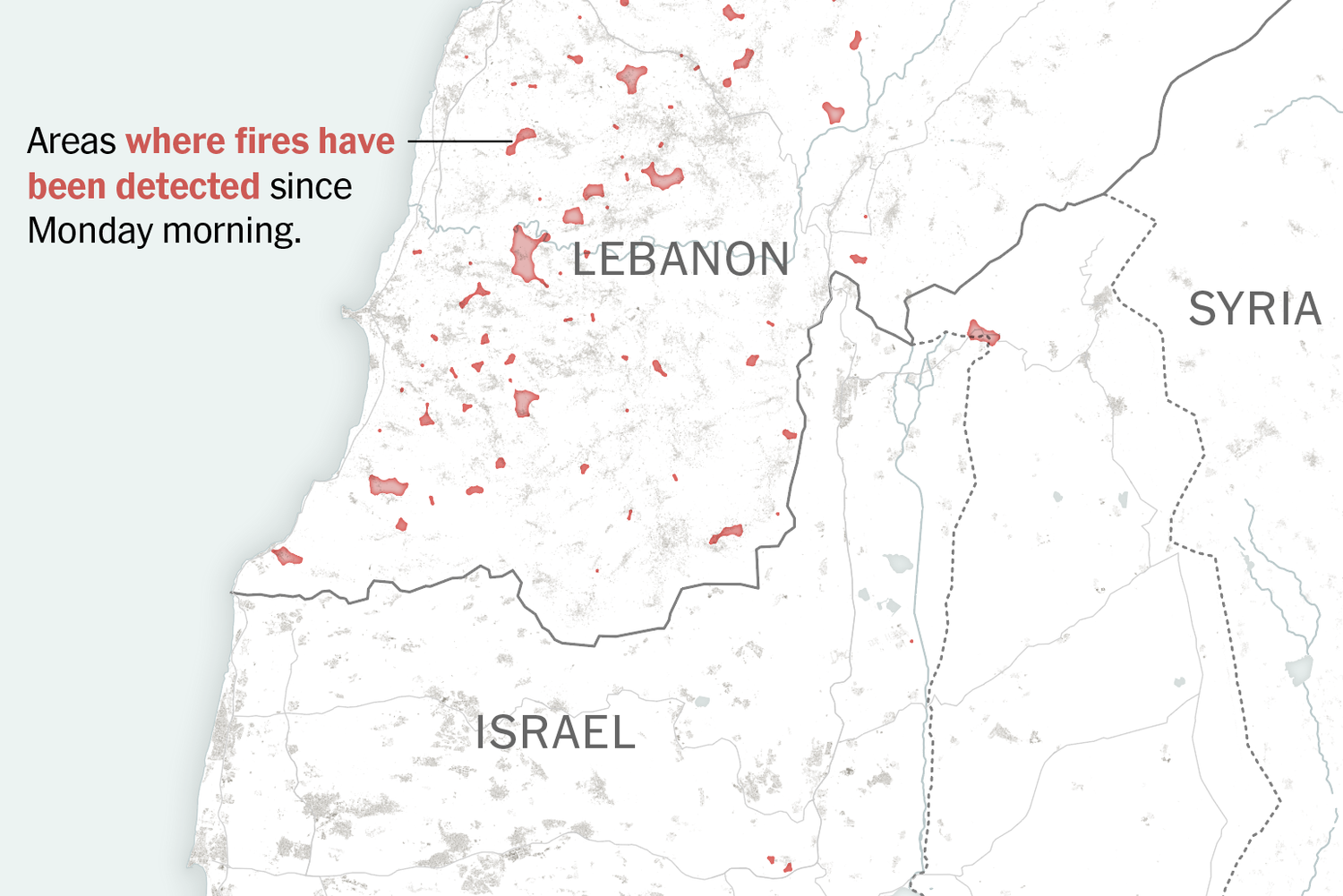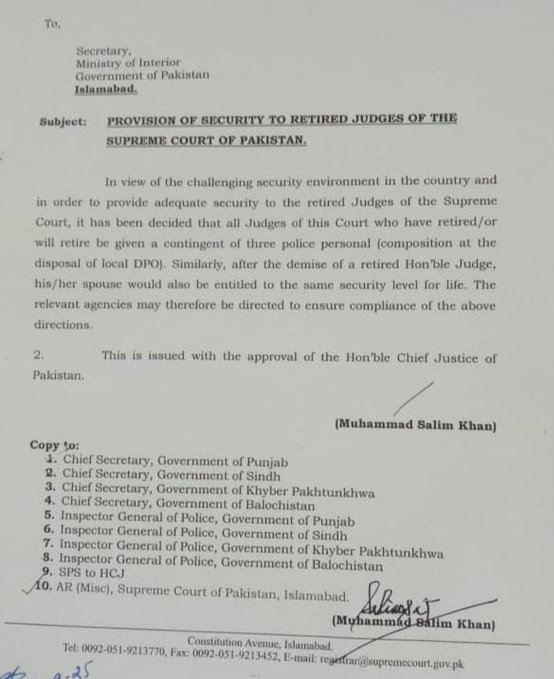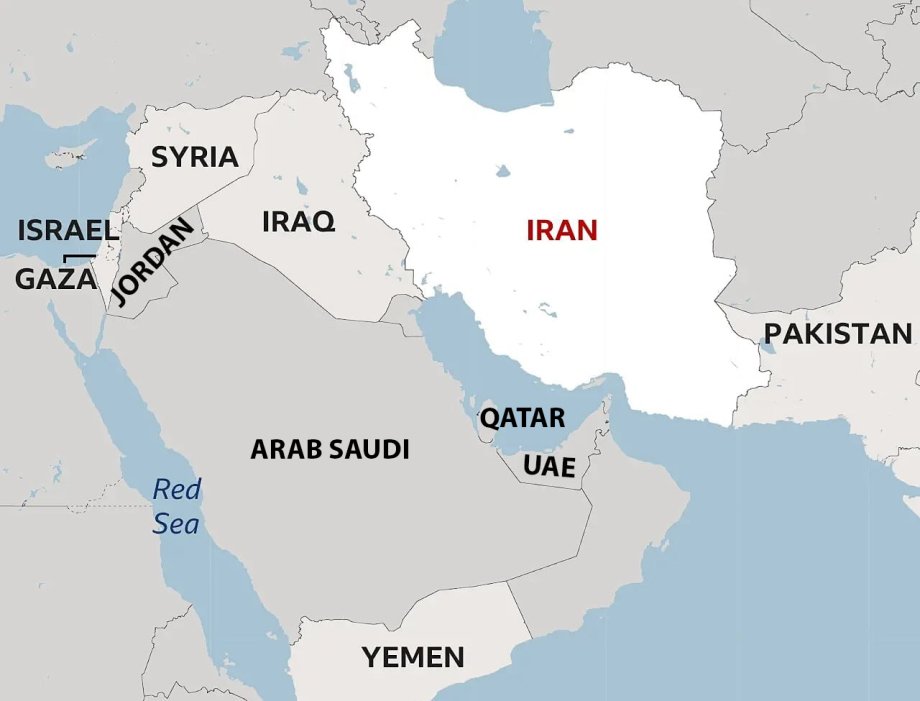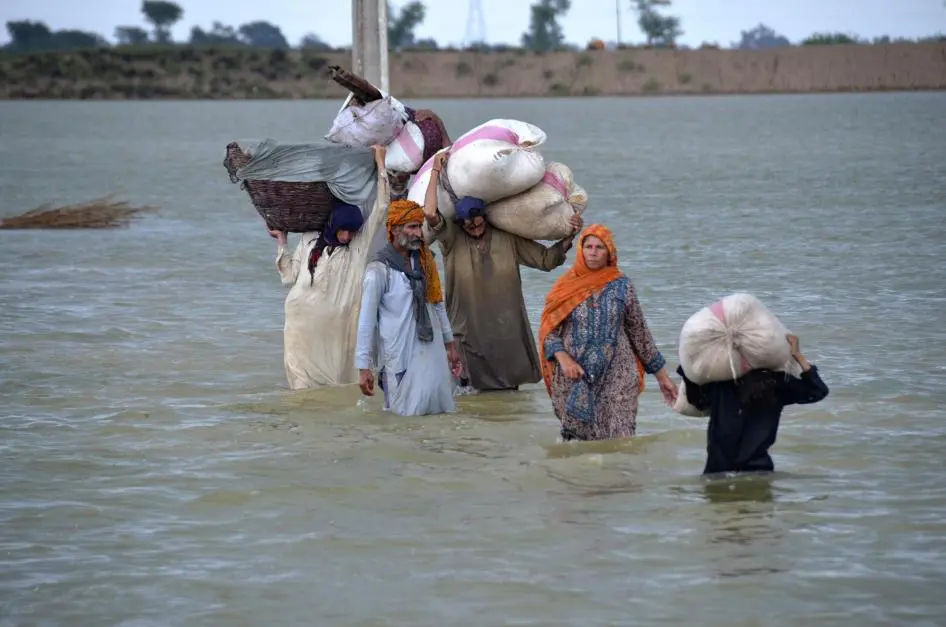Bilawal Kamran
Despite repeated denials by the Afghan Taliban that terrorist networks are exploiting their soil, the global consensus, backed by the latest UN Security Council monitoring report, leaves little room for ambiguity: Afghanistan continues to serve as a hub for militant groups and violent extremists. These findings reignite the concerns Pakistan and regional states have long expressed, highlighting that the failure to neutralize these groups threatens both regional and global stability.
Follow Republic Policy on Website
The UN report details the ongoing operations of Tehreek-i-Taliban Pakistan (TTP) and Islamic State Khorasan (IS-K) within Afghanistan. Of particular alarm is the assessment that IS-K poses a major regional and international threat, while the TTP maintains a robust presence in Afghan territory. For Pakistan, this is a grim validation of what it has argued for years: the Afghan Taliban are not doing enough to curb militancy on their soil, and these networks continue to destabilize the region.
According to the report, the TTP currently fields around 6,000 fighters, a force consistently launching attacks across Pakistan’s borders. Moreover, the document confirms that the TTP receives logistical and operational support from elements within the Afghan Taliban, despite internal debates in Kabul about distancing themselves from the group.
Follow Republic Policy on YouTube
The UN findings are particularly disturbing in their illustration of TTP’s evolving strategy. The group now appears to be diversifying its alliances, maintaining links with both the Afghan Taliban and IS-K — despite the two factions being hostile toward one another. This opportunistic maneuvering by the TTP underscores its adaptive threat potential, allowing it to exploit every regional gap for survival and expansion.
Even more alarming is the report’s note that IS-K is reportedly training suicide bombers, including minors, near the Pakistani border. This chilling detail not only signals the deepening humanitarian tragedy but also raises the risk of escalating cross-border terrorism, with potential spillover effects into Pakistani cities and sensitive installations.
Follow Republic Policy on Twitter
These findings demand immediate and coordinated responses from Pakistan, regional stakeholders, and the broader international community. While Pakistan has fortified border fencing and enhanced surveillance, militant infiltration and sanctuaries remain a critical threat. The convergence of groups like TTP and IS-K into a possible joint operational front could usher in a new era of terrorism in South and Central Asia if left unchecked.
From Kabul’s perspective, the Taliban’s passive or selective approach toward counterterrorism is no longer defensible. Relying on verbal assurances will not suffice; concrete, verifiable action is imperative. The Afghan Taliban must take steps to neutralize or expel these groups from their territory, not only to uphold regional commitments but also to secure their own long-term legitimacy on the international stage.
Follow Republic Policy on Facebook
The broader implications of this problem cannot be understated. IS-K has repeatedly demonstrated its capacity for mass-casualty attacks, drawing from its brutal campaigns in Iraq and Syria. The TTP, on the other hand, carries a bloody legacy in Pakistan, targeting civilians, security forces, and state infrastructure with devastating efficiency. Their potential convergence or coordination risks creating a transnational network capable of disrupting not just Pakistan, but also China’s regional investments, Central Asian security, and global counterterrorism efforts.
The UN report also calls attention to the complex militant ecosystem in Afghanistan, where Al Qaeda remnants, Baloch insurgents, and other splinter groups intersect. This “terrorist mosaic” thrives on the absence of a comprehensive counterterrorism framework in post-US Afghanistan. For Pakistan, the lesson is clear: domestic security cannot be isolated from Afghan stability.
Follow Republic Policy on Instagram
The path forward requires multi-pronged action. First, Pakistan must continue fortifying its western borders, employing a mix of surveillance technology, ground intelligence, and cross-agency coordination to preempt infiltration. Second, regional diplomacy with countries like China, Iran, and the Central Asian republics should be intensified to present a united front against terrorism emanating from Afghan soil.
Equally important, Pakistan’s engagement with Kabul must balance pressure and pragmatism. While Islamabad should keep highlighting the UN-backed evidence of Afghan-based militancy, it must also support political and economic measures that incentivize the Taliban to adopt responsible governance and counterterrorism practices. The international community, too, needs to link recognition and aid to tangible actions against terrorist sanctuaries.
Follow Republic Policy on TikTok
In conclusion, the UN’s latest findings on Afghanistan’s militant landscape are a sobering reminder that ungoverned or under-governed spaces inevitably attract extremist networks. For Pakistan, the immediate priority is shielding its citizens from TTP and IS-K attacks, while sustaining diplomatic and intelligence pressure on Kabul to honor its anti-terror commitments.
The prospect of a TTP-IS-K nexus emerging along Pakistan’s borders is a nightmare scenario that must be averted through decisive regional collaboration. Afghanistan’s stability — and by extension, Pakistan’s security — depends on urgent, coordinated, and credible action to dismantle these militant sanctuaries before they evolve into a full-scale regional threat.
Follow Republic Policy on WhatsApp Channel



